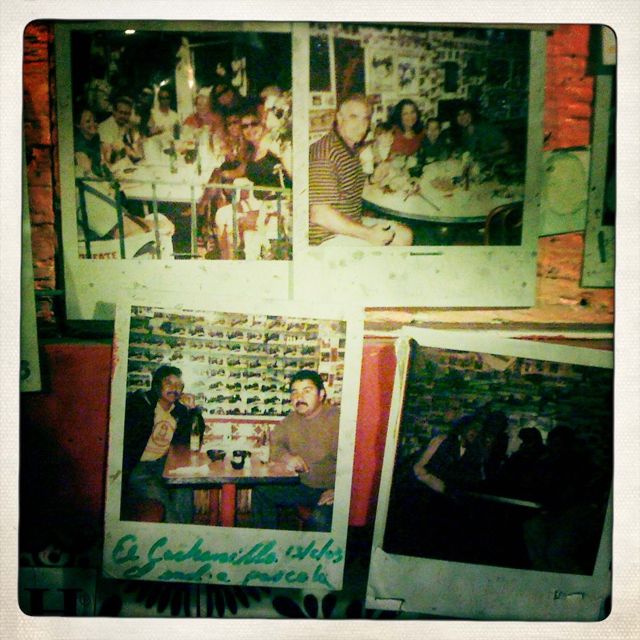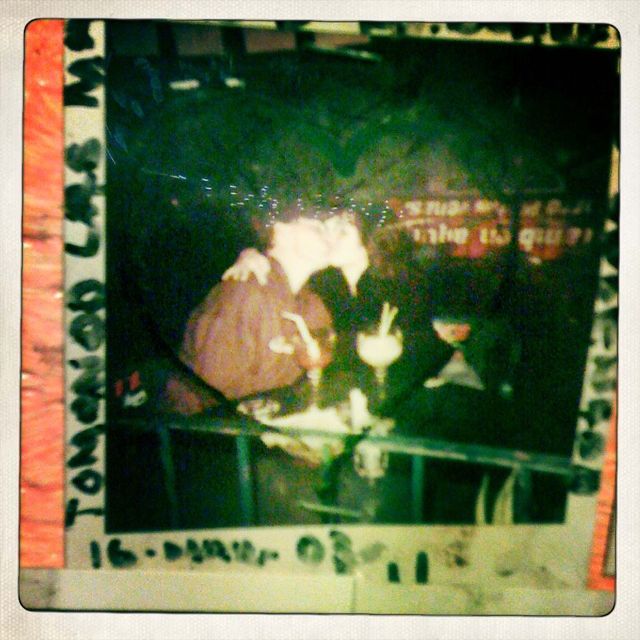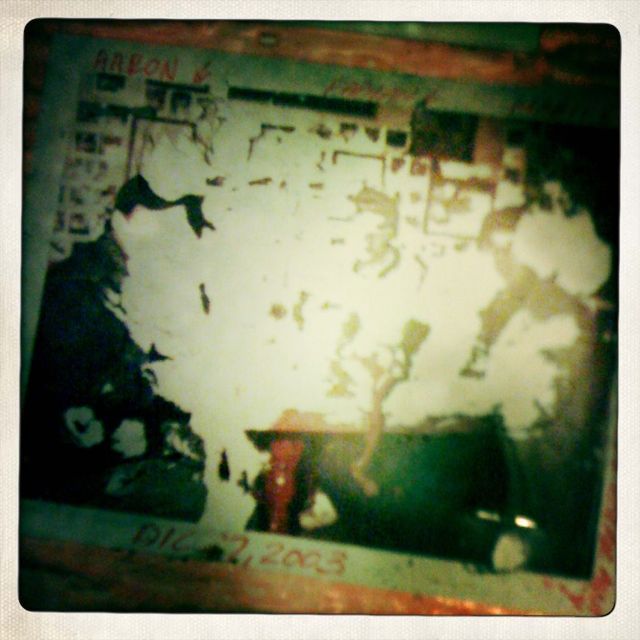Magnum Print Archive, Austin. The first official visitor.
I was in Austin a few days ago and had the pleasure of spending my half-birthday in the Harry Ransom Center at the University of Texas. They’d just opened the Magnum Print Archive up and I wanted to peruse…
“Welcome, you’re officially the first Magnum patron!” declared the archivists at the Harry Ransom Center at the University of Texas in Austin, as I sauntered in the door. The generosity and warmth of this place is truly wonderful. I think I’m in love.
They let me walk into their building with my shredded trousers and hippie hair and simply ask me to fill out a form and watch a five-minute video on how to handle materials. Then a check of my driver’s licence and I am given a locker key to stash my gear plus the all important blue slip that opens up a world of photography to me. With this pass I am allowed to paw through a hundred million dollars worth of iconic, history making pictures.
 Martin Luther King photographed by Bob Adelman, Selma 1963
Martin Luther King photographed by Bob Adelman, Selma 1963
Once logged into my new account, I may request boxes from the vast inventory comprising classic vintage prints. You can choose as many as you like, but only five will be delivered at a time. Then its time to put on the cotton gloves provided, pick up a box, take it to your desk and dive in. But remember the rules.
Pens are not allowed. Phones are not allowed. Highlighters are not allowed. White paper is not allowed (unless they like the look of it) and cameras are very definitely forbidden. You are provided pencils and yellow paper to make notes, and your laptop is allowed too, with plug in power points at each desk. I was shouted at just the once, for in my enthusiasm I was momentarily cavalier in drawing a print out by its corner and allowing it to flex in mid-air. This is verboten of course, and I sheepishly tidied up my workspace in order to view the photographs in the correct manner – flat, flat, flat. No bending. No scraping. Be careful. Yes ma’am.

And rightly so. Michael Dell’s investment company acquired this collection from Magnum a few months ago, and Bloomberg reported that the 185,000 prints were insured for a bargain $100 million. The University of Texas, where the Harry Ransom Center lives, registers it at 210,000 prints, although that may include many duplicate prints which I came across. This was a working press archive, prints made by Magnum Photos for distribution to their newspaper and magazine clients, and needless to say these prints are hardly pristine. Many are C-type prints of black and white images, not silver halide, and there’s plenty of yellowing and staining to be seen here. Caption stickers and notations adorn the back of most prints, with an occasional hand-written comment or remark providing added intrigue and excitement: Who wrote that? When was it published? Where? The frequency of duplicate prints may even hint at which images were in their time more popular than others and so required more copies made to distribute.
For a photo lover and documentarian like myself the obvious pull is towards the more iconic pictures: man leaps over puddle; soldier shot dead; man stands in the way of a tank; a green-eyed girl. But the only treat there is the coolness factor of being face to face with a known treasure. Far more interesting to me are the finds, the discoveries, the reunions – Bruce Davidson’s work prints on The Dwarf and Central Park are outstanding; I didn’t expect to see Roger Malloch’s Martin Luther King pictures, nor Lu-Nan’s epic, but disturbing, work on inmates in a Chinese mental hospital, which was mysteriously labelled under the name Xiao-Hu Ma – as it seems to also be on Magnum’s site – although the copyright is correct.

Aside from the cluttered boxes of wonder, there are 20″x16″ portfolio boxes for several of the Magnum-mighties. I chose Robert Capa and Philip Jones Griffiths. Now, these are perfect, fibre-based, archival prints with the photographers’ stamp on them, presumably the same prints as offered by Magnum for sale to collectors. Until I opened Capa’s portfolio I confess that his photographs had never inspired me in the same way that he, as a person, had. Capa’s never-give-up, swashbuckling style held the promise of a great future in photography to me, but his images never seemed to live up to the man. At the Harry Ransom Center, sat looking at this wonderous portfolio I realised the truth. I thought I knew his pictures better than I did, and this “greatest hits collection” of exquisite 20×16 photographs finally flicked the On switch in my head. There’s not much else that can match seeing pictures like this.

There are two different experiences you can have with the archive, and you will have to consider that when planning a visit. Do you reacquaint yourself, albeit in the flesh, with images you have seen but never held in your own hands? Or do you delve deeper than just what you think know and challenge yourself to look further and discover a new part of this vast collection enriching your photographic appreciation?
Portfolios aside, the filing is, to be fair, a mess. The archivists say that they haven’t yet touched it. I saw it in the same state it was received. Dell and co. have loaned the archive to the University for a period of five years, probably in exchange for the university tidying it all up. Five years might not be long enough – there were plenty of prints which will need specialist care. All will presumably be individually inspected, tagged, bagged and fingerprinted in the process. It’s enjoyable to sift though, but sifting it is.
As the University begins the long task, access may not always be so open, as many of the prints are a tad wrinkly and will deteriorate quickly once the hordes of fellow klutzes have groped and mishandled them. The portfolio prints are of the highest quality, well-protected, and will probably remain so under the onslaught of photographers and editors alike. If you don’t have much time or simply want to introduce yourself to a photographer then these are the boxes to start with, and a pleasant change from the archive boxes of the day to day work prints which reek of chemicals like my old college darkroom. I suspect at least these prints were fixed properly and won’t suffer from excessive fading when exposed to the light of day after all these years.

At my desk I am running out of time, and my other half who is patiently waiting for me to emerge from this photographic nirvana will be drumming her fingers somewhere expecting my call, plus I had skipped breakfast and it is now past lunch. My stomach is starting to reassert control, so I pack up, thank the staff profusely and reflect on the generosity of Americans. No donations jar, no gift shop. This is a serious research centre with an open door policy and you should all take sincere advantage. Just don’t tear up notepaper at your desk, it really freaks people out.







